Your business website is pivotal in creating positive customer experiences and fostering long-term relationships. Don’t just have a website for sales only, have a system in place to get reviews and build your mailing list so you can remain relevant to your customers and offer after-sales support. This blog post will explore key strategies and actionable tips to deliver exceptional customer care service through your business website.
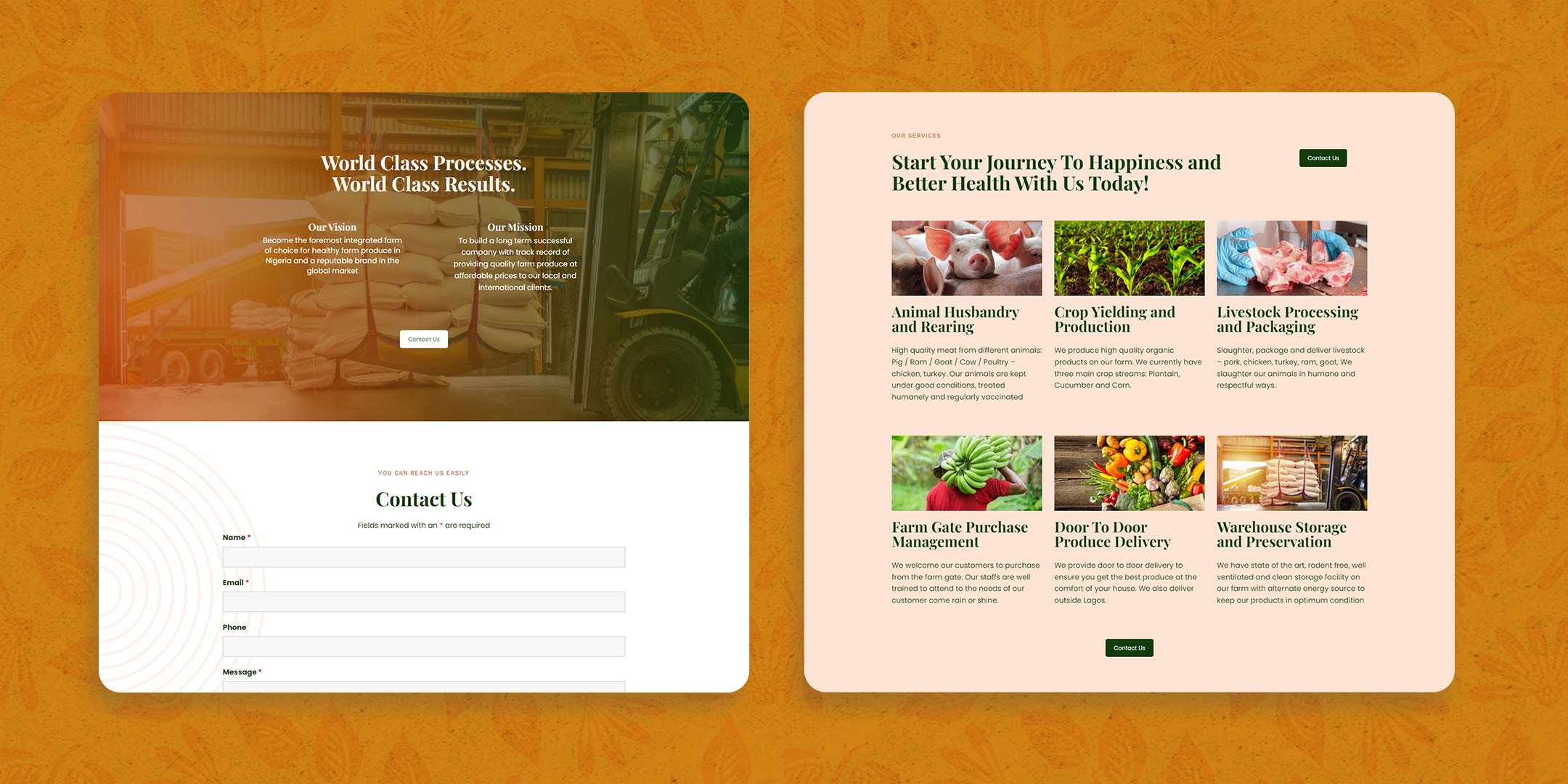
1. Clear and Accessible Contact Information
Make it effortless for customers to reach out to you by prominently displaying your contact information on your website. Include a dedicated “Contact Us” page with a contact form, phone number, email address, and social media links. Ensure that this information is easily visible and accessible from any page on your website. Promptly respond to inquiries and provide multiple channels for communication to accommodate different customer preferences.
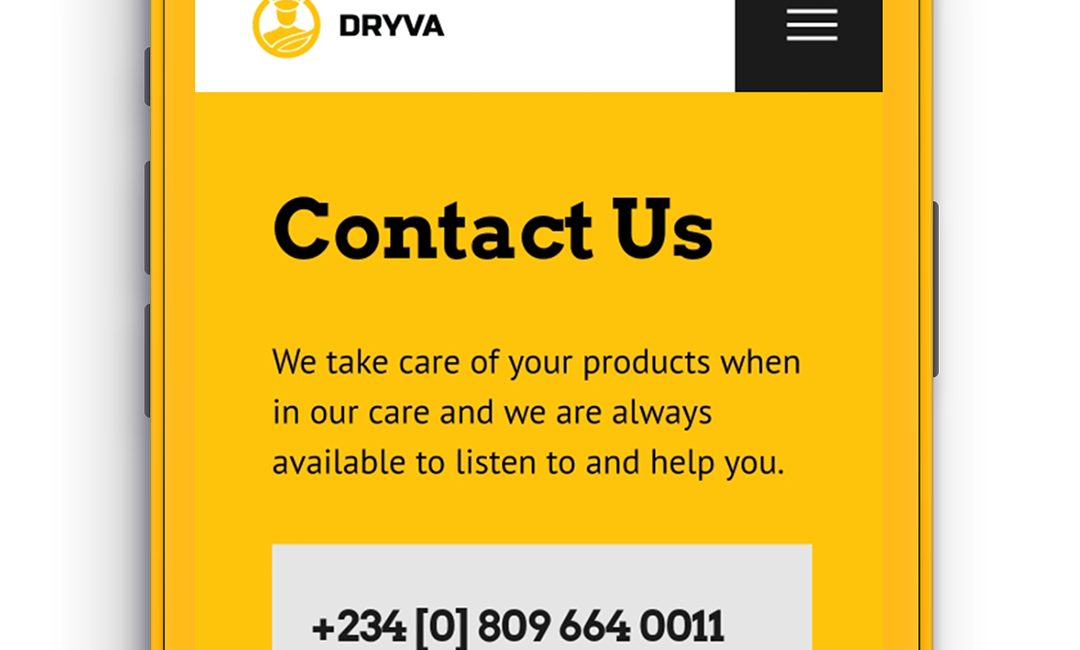
These are some tasks that will help you with this
2. Live Chat Support:
Implementing live chat support on your website enables real-time customer assistance and creates a personalized experience. Customers can receive immediate responses to their queries, providing convenience and fostering a sense of trust. Train your customer service representatives to be prompt, knowledgeable, and empathetic in their interactions through live chat.
Small businesses may struggle to dedicate a staff to such. A quick solution can be to redirect your live chat to whatsapp which can make it easier for your staff to handle the requests.
Evaluate if your business can afford the resources needed to have an effective live chat. Having a staff on duty watching out for messages practically 24 hours is typically the most difficult part.

These are some tasks that will help you with this
Implementing live chat support on your website can significantly enhance customer service, providing immediate assistance and improving user experience. If your business can allocate the necessary resources, integrating live chat is a valuable investment. Choose a reliable live chat service like LiveChat, Zendesk, or Intercom to ensure smooth implementation. This addition can lead to better customer service outcomes and a more engaging website experience.
3. Self-Service Options
Empower your customers by offering self-service options on your website. Provide a comprehensive FAQ section, knowledge base, or video tutorials that address common questions or issues. This enables customers to find solutions independently, saving time and improving overall customer satisfaction. Regularly update and expand your self-service resources based on customer feedback and evolving needs.
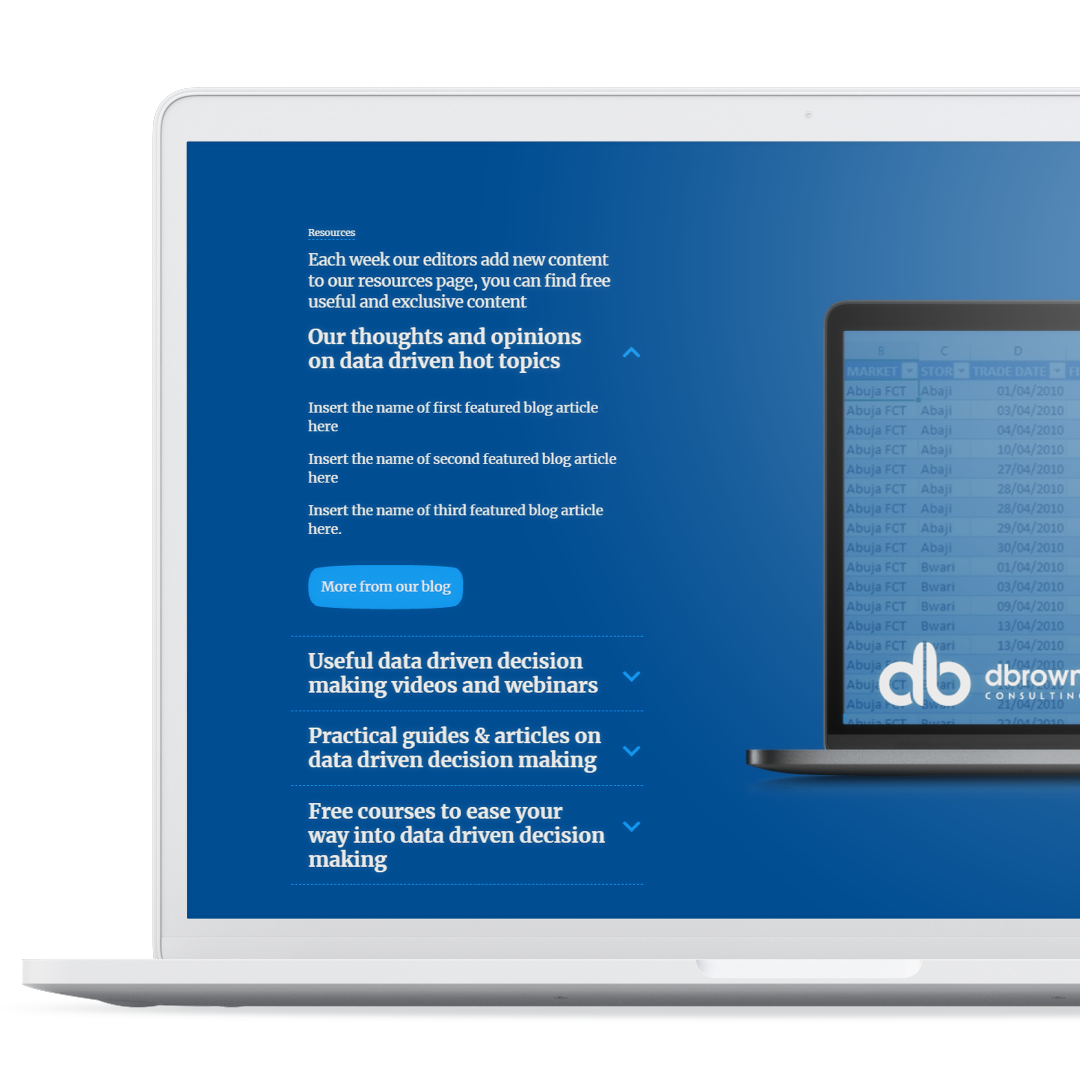
These are some tasks that will help you with this
4. Personalization and Tailored Experiences
Personalization and tailored experiences involve utilizing customer data to customize the website experience and anticipate their needs and preferences. By implementing features such as personalized recommendations, relevant content suggestions, and targeted offers based on their browsing behavior, purchase history, and demographic information, businesses can create a more engaging and relevant experience for each visitor.
This level of personalization demonstrates to customers that their individual preferences and interests are valued. It also enhances the overall customer experience by making it easier for them to find what they're looking for and discover new products or content that align with their interests.
Ultimately, personalization helps businesses build stronger connections with their customers, increase engagement and loyalty, and drive conversions and sales. It's a powerful tool for enhancing the customer journey and maximizing the effectiveness of your website.
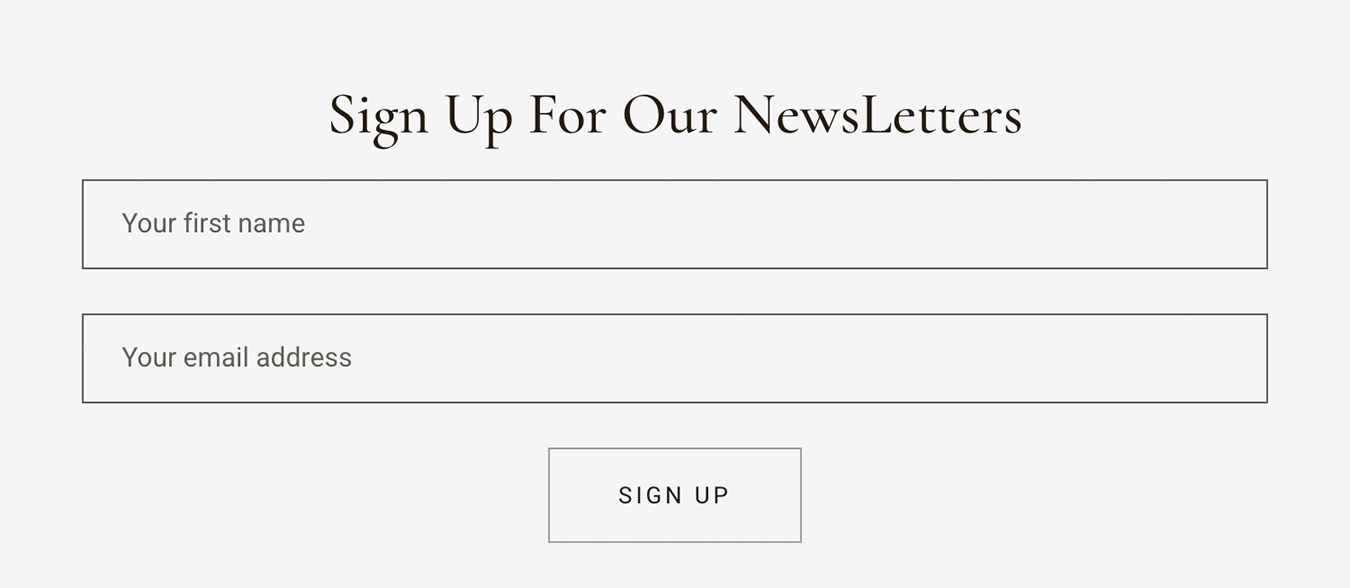
These are some tasks that will help you with this
5. Mobile-Optimized Experience
In today's mobile-driven world, ensure that your website is fully optimized for mobile devices. Mobile users should have seamless access to customer care features and support. Optimize your site's speed, responsiveness, and user interface for mobile devices, as a positive mobile experience directly impacts customer satisfaction and loyalty.
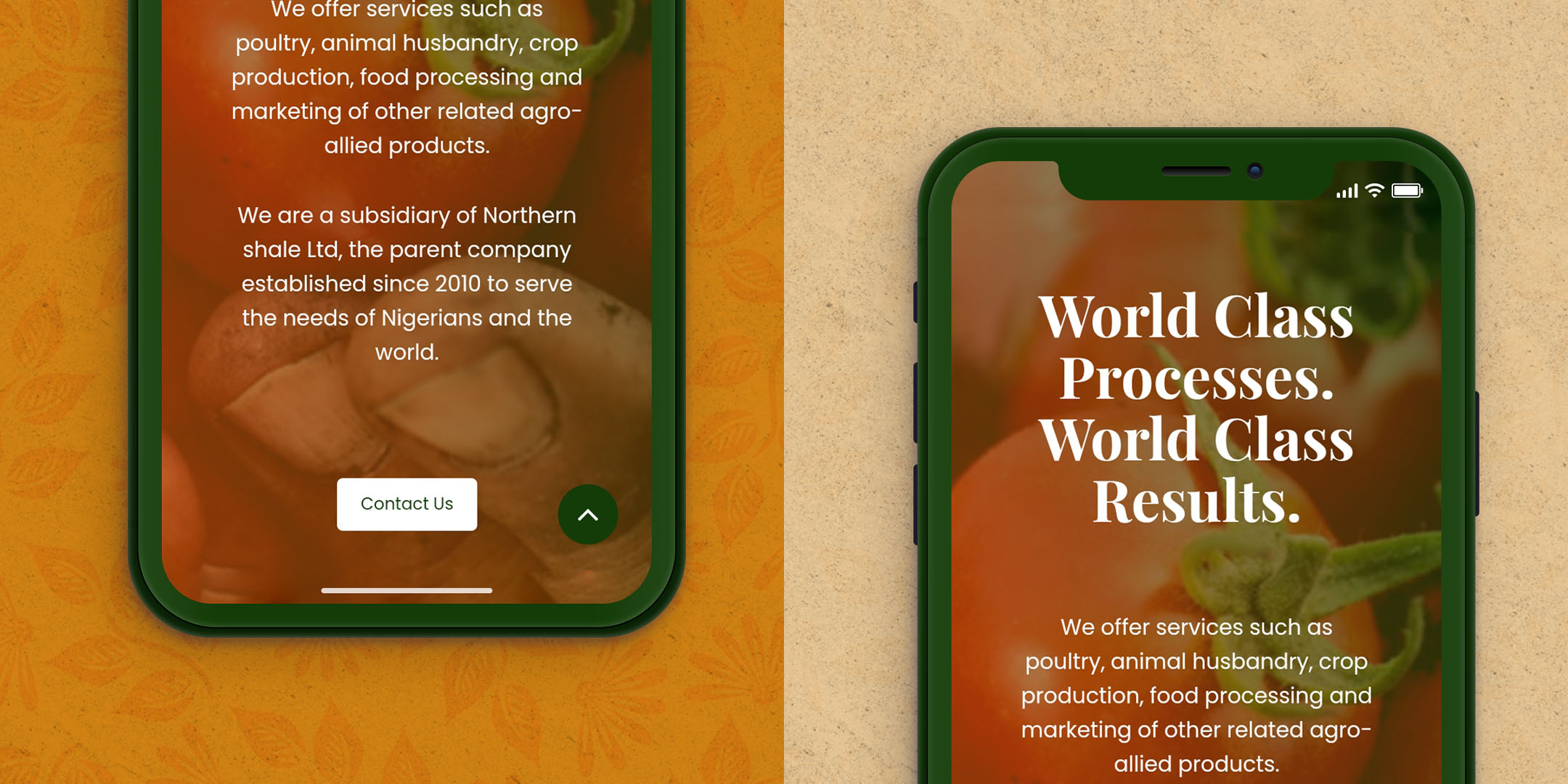
These are some tasks that will help you with this
6. Proactive Customer Feedback
Encourage customers to provide feedback and listen to their opinions. Display customer reviews and testimonials on your website to build trust and transparency. Additionally, implement surveys or feedback forms to gather insights and identify areas for improvement. Actively respond to customer feedback, addressing concerns promptly and openly. Show customers that their opinions are valued and that you are committed to continuously enhancing your customer care services.
These are some tasks that will help you with this

7. Empathy and Effective Communication
Train your customer service representatives to communicate with empathy, active listening, and professionalism. Ensure they have a deep understanding of your products or services, allowing them to provide accurate and helpful information. Address customer concerns promptly, genuinely apologize for any inconvenience, and seek fair resolutions. Foster a customer-centric culture within your organization, emphasizing the importance of empathy and effective communication.These are some tasks that will help you with this
Perspective-taking exercises: Conduct exercises where representatives put themselves in the customer's shoes. Encourage them to consider the customer's emotions, motivations, and potential frustrations. This exercise can help develop empathy and understanding.

The Pitfalls of Bad Customer Service
Not implementing best practices for customer care service on your business website can lead to the following consequences:
- Poor customer experience and dissatisfaction.
- Missed opportunities for engagement and potential loss of sales.
- Decreased trust and credibility in your brand.
- Limited personalization, resulting in a lack of connection and decreased loyalty.
- Inadequate mobile experience, leading to frustration and potential customer abandonment.
- Missed feedback and improvement opportunities, hindering your ability to enhance customer satisfaction.
- Negative word-of-mouth and damage to your brand's reputation.
- Loss of customer loyalty and decreased repeat business.
By prioritizing effective customer care practices, you can mitigate these consequences and foster positive customer experiences that build trust, loyalty, and a strong brand reputation.
Conclusion
Exceptional customer care service is a cornerstone of business success, and your website serves as a crucial touchpoint for customer interactions. By implementing these best practices, you elevate customer satisfaction, loyalty, and brand reputation. One of the reasons people avoid buying from websites is because of their bad previous experience or because they are worried about after-sales support, imagine paying good money for a product or service and having to wait for over 7 days to get your issues or complaints sorted. It’s tiring and frustrating.
Remember to continuously assess and improve your customer care service based on customer feedback and evolving expectations. By prioritising exceptional customer experiences through your business website, you pave the way for long-term success and foster strong customer relationships.






